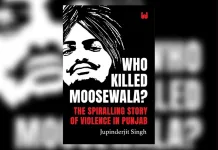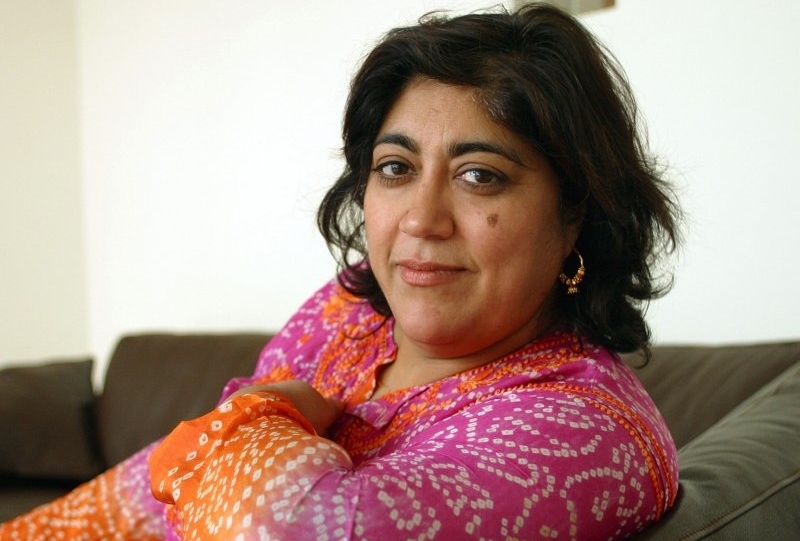
Millions are still facing serpentine queues outside banks and ATM’s following India’s Prime Minister Narendra Modi’s dramatic announcement about pulling 500 and 1000 rupee notes from circulation.
On 8th November, Modi outlawed 500 and 1,000 rupee notes in a drive to rein in corruption and a shadow economy that accounts for a fifth of India’s $2.1 trillion gross domestic product.
Some 1.23 billion Indians were told they had 50 days to switch roughly 23.2 billion high-denomination notes in circulation (figures according to central bank Deputy Governor R. Gandhi), amounting to 15 trillion rupees or $224 billion.
This move, says Prime Minister Narendra Modi, is to crack down on corruption, tax evasion, unaccounted money and counterfeit currency.
But the result of his overnight demonisation of the 500 and 1000 rupee note has resulted in magnanimous chaos, which has no sign of ending. Huge pitfalls of Modi’s “grand plan” have been worsened by implementation incompetence.
Not enough new currency has been made available, so cash machines are empty and banks are stretched beyond capacity.
People have been wasting hours in queues to collect small amounts of cash that are insufficient for normal activity.
The new notes have come in the form of an even higher denomination (2,000 rupees) that is unhelpful for daily transactions, since no one has enough change for this amount.
The two cancelled notes account for 86 per cent of all the currency in circulation; over 90 per cent of all transactions are conducted in cash, and over 85 per cent of workers get their incomes in cash.
Largely it’s the poor and the middle classes, hugely reliant on currency for daily activities, who are being crippled.
Ironically, large players who tend to buy real estate and other property, hold gold and stocks and shares and move the money abroad are generally unscathed. This move touches only a tiny fraction of the assets accumulated through illegal activities.
At the same time its also hit Indian rivals’ election campaign funds ahead of next year’s polls – a strategic move by Modi to wipe out his opponents.
Illicit cash is the lifeblood for political parties that collect money from candidates and businessmen, and then spend it to stage rallies, hire helicopters and hand out “gifts” to win votes. Regional rivals use cash to cover approximately 80 to 95 per cent of campaign spending.
Rivals have reflected a view that the BJP, with more members than its rivals and close ties to big corporate donors, can survive the cash crunch better, helping Modi win Uttar Pradesh and four other territories heading to the polls early in 2017.
In the 2014 election, when Modi swept to power with an electrifying campaign that included 3D holograms of him giving speeches in villages across India, it’s estimated that parties spent a record 370 billion rupees ($5.4 billion).
For Modi, winning India’s main battleground state is vital to strengthen his party’s position in the upper house of parliament, where it is still in the minority, before seeking a second term in the 2019 general election.














